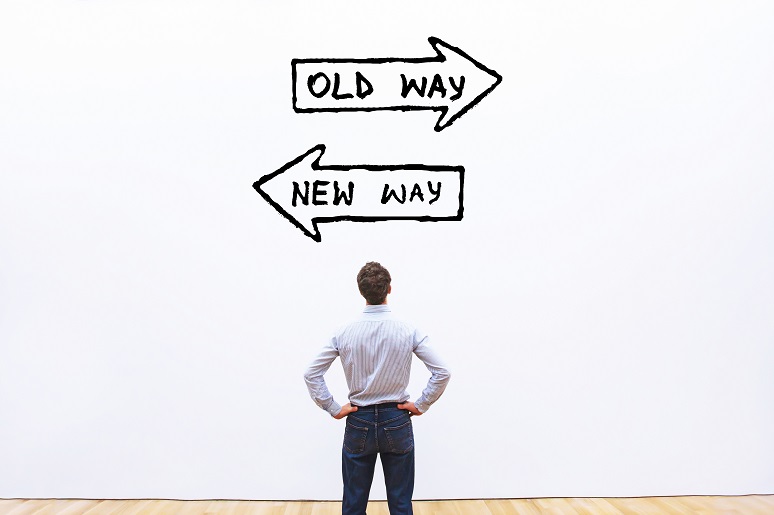In his
No Jitter post this week, analyst Dave Michels of TalkingPointz has a compelling case study describing how the fashion retailer Forever 21 transformed its contact center technology, and in so doing essentially began reimagining its entire approach to customer experience. Dave offers details about how Forever 21 succeeded in terms of traditional contact center metrics like call abandon rate and speed to answer, while also improving the agent experience, giving agents more control over workflows within a call, and paving the way for greater integration of clerks at its brick-and-mortar stores into the contact center flow. You should definitely read the whole piece.
Dave’s conclusion about the implications of this case study could apply to just about any segment of the communications/collaboration industry — there’s no area where technology isn’t disrupting not just legacy systems, but the business processes they support. “It doesn’t make a lot of sense to upgrade [technology] to the state of the art in order to process interactions the same way as before,” he writes.
Pre-pandemic, one response to Dave’s point might have been: “OK, then we just won’t upgrade to state-of-the-art technology, since our processes can’t accommodate it. We don’t need to be bleeding edge.” In fact, deciding to overhaul your business processes to line up with a technology upgrade would probably have been seen as riskier than standing pat.
To see how this is no longer a feasible position in almost any area of the enterprise, you just need to look at knowledge workers. We upgraded them to fairly state-of-the-art collaboration tools at the beginning of the pandemic, and there was never the option not to do so. The upgrade improved business processes by providing a way for people to collaborate face-to-face at a time when they couldn’t come together physically.
What’s been missing for knowledge workers is that the business process changes so far have only gone as deep as this surface level. We still don’t really know how best to use state-of-the-art collaboration tools to make meetings more effective, create a hybrid culture once some return to office is possible, or make sure we’re putting the right tools in the hands of the people who need them.
That’s why I’m excited about our
Workplace Strategies track at Enterprise Connect 2021. Presenters in this track will explore these issues and offer detailed insights about how to move forward. One session I’m particularly interested to follow is “
Enabling the Hybrid Future of Work.” Led by Adam Holtby, principal analyst at Omdia, this session will feature results of Adam’s hot-off-the-presses “Future of Work” survey. In addition, Adam’s Omdia colleague Tim Banting will be looking at the new generation of
employee experience platforms, such as Microsoft Viva, that aim to use system data to generate insights that the enterprise can use to optimize for those elements that used to be seen as intangibles.
So I hope you can join us in Orlando, Fla., the week of Sept. 27 for
Enterprise Connect 2021; and if you can’t, then we’ll see you online in the virtual iteration of the event.










